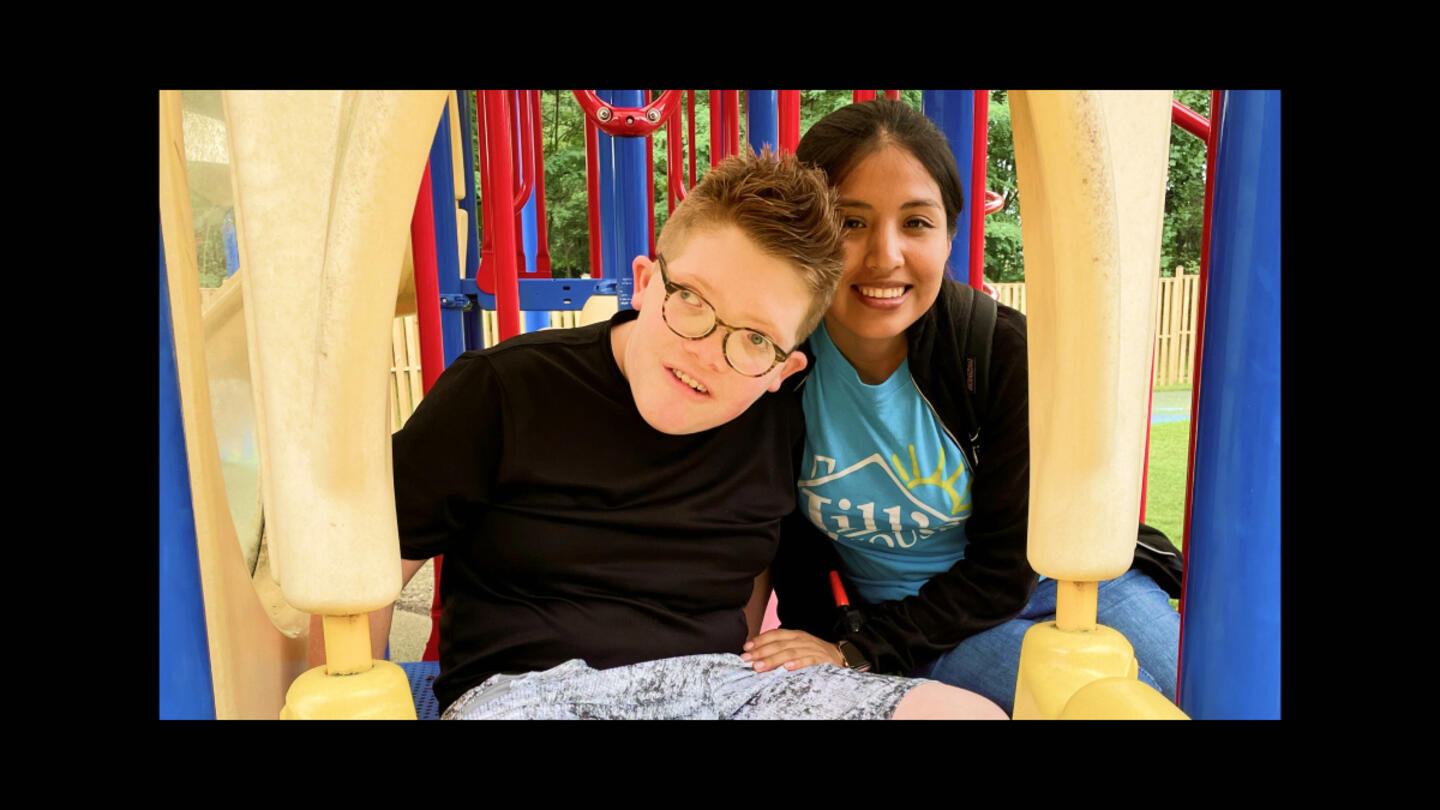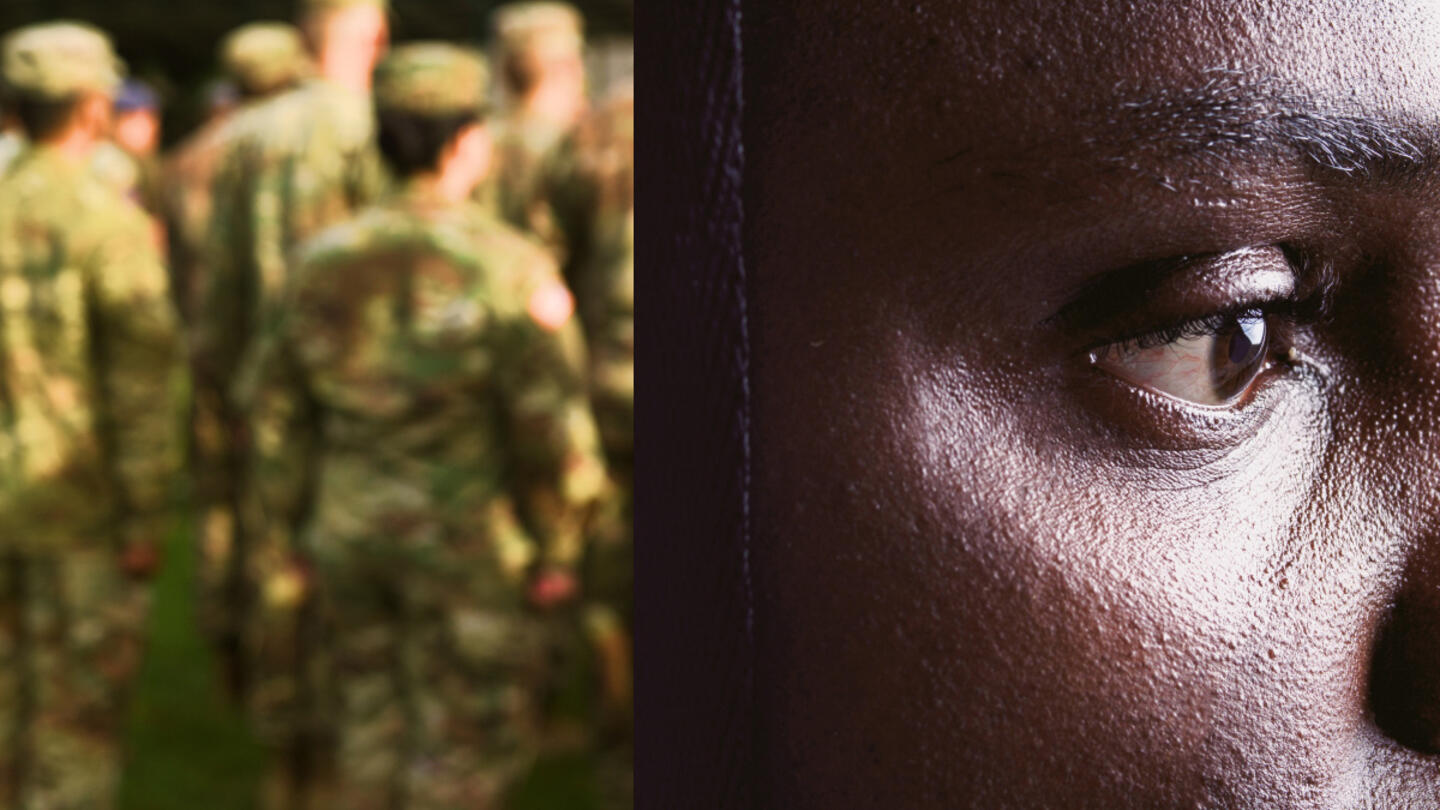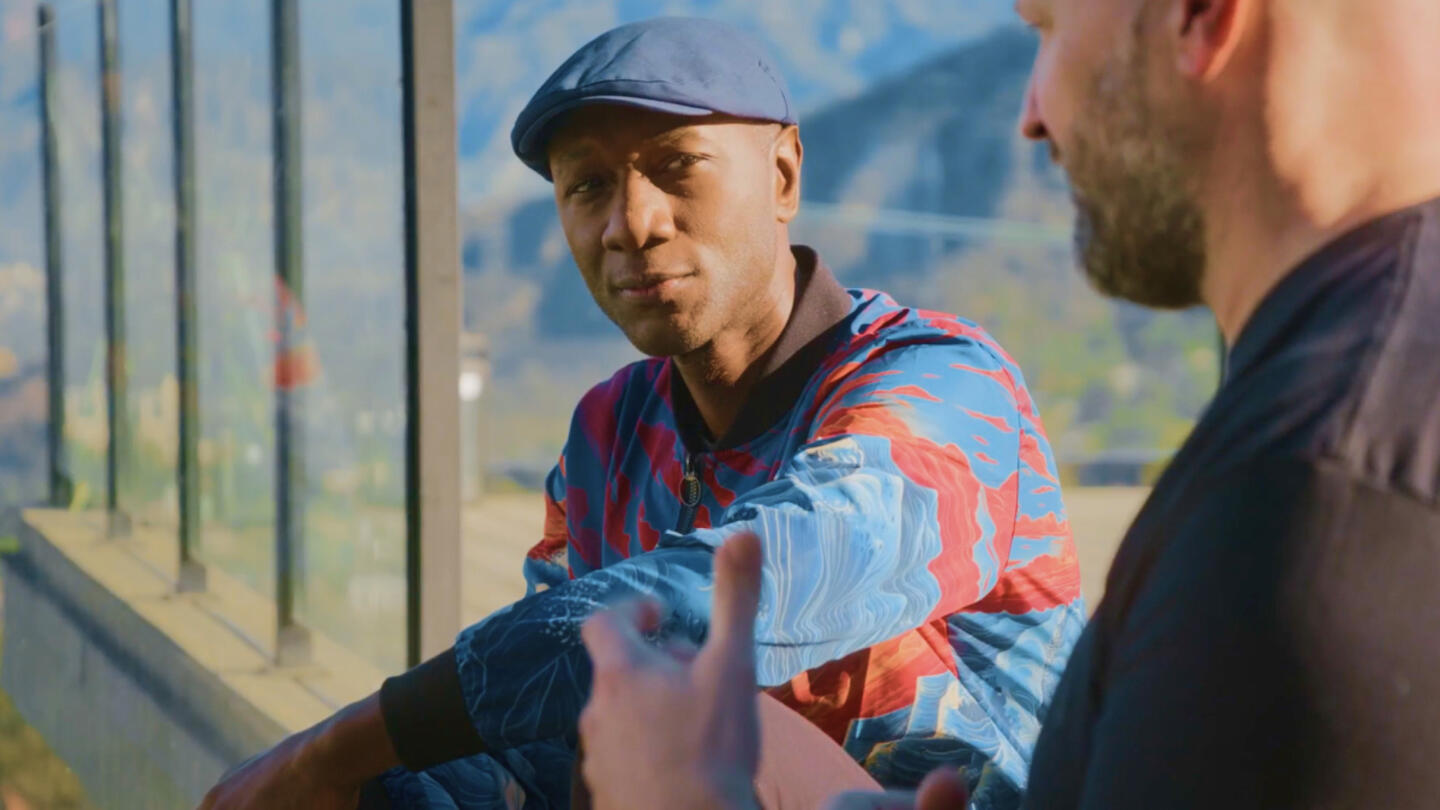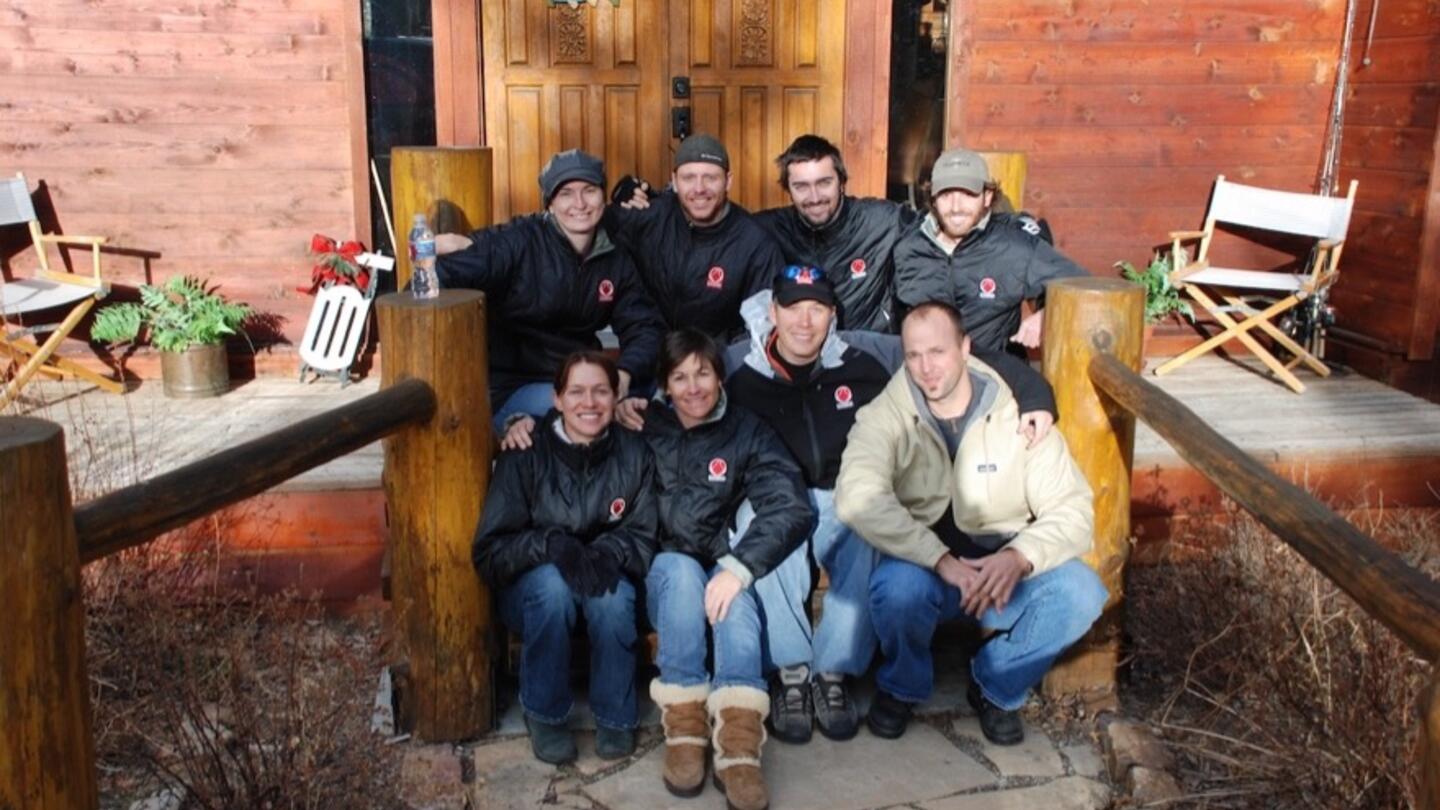Healing trauma through community support is a powerful approach that builds resilience and promotes recovery. Connecting with others who share similar experiences creates a sense of belonging, validates struggles, and provides essential support that eases isolation.
When survivors come together, they create spaces where healing becomes a shared journey rather than a solitary struggle. This approach enables individuals to rebuild their self-worth and discover new pathways to emotional healing.
Understanding trauma and its impact
Scientific research reveals that trauma doesn’t just affect emotional health; it can also rewire neural pathways in the brain, leading to lasting changes in thought patterns and responses. These changes explain why trauma’s effects can persist long after the event itself, making recovery challenging without targeted support. By understanding trauma as both a psychological and physiological condition, communities can approach healing with empathy and evidence-based strategies.
The role of community in trauma recovery
Community-based healing respects people’s journey toward self-actualization — finding personal meaning and fulfillment by growing and applying their unique strengths to help others. Community-based healing combines the support that comes from personal relationships with the support provided by professional resources.
Healing trauma through community support relies on building strong connections that promote empathy, open communication, and shared experiences. Those connections empower survivors, helping them recover and help others do the same.
1. Support groups
Regular gatherings provide trauma survivors with a supportive environment where they can openly share their experiences and coping strategies. By engaging with peers facing similar challenges, participants gain strength and resilience, knowing they’re not alone in their journey.
Support groups can offer practical advice, emotional encouragement, and a safe space to share personal experiences.
Here are a few examples of different kinds of support groups:
- Peer-led support circles
- Activity-based groups
- Faith-based support groups
- Creative expression groups
- Online support communities
The Phoenix is an activity-based model that is breaking the stigma around addiction. This nonprofit uses shared interests in activities like boxing, book clubs, meditation, and knitting clubs to help individuals overcome substance use through community support. The results show that 80% of active members remain sober after three months. While expanding to new cities and offering virtual classes for all, The Phoenix continues to find innovative ways to reach those in need and strengthen communities.
Sign up for the Strong & Safe Communities newsletter for stories, ideas, and advice from changemakers working with their neighbors to address the biggest problems we face.
2. Community events and experiences
Community events such as workshops, gatherings, and retreats create meaningful opportunities for trauma survivors to connect. These events foster dignity and inclusivity, reminding each participant of their inherent value and building trust through genuine interaction.
Saprea is dedicated to helping survivors of childhood sexual abuse heal through community-based support, including group counseling, retreats, support groups, and online education. At Saprea’s retreats, women are grouped into small “cohorts” — intimate, supportive groups designed to foster deep connections. Through this long-lasting community, participants in the retreats and online programs experience a 37% reduction in PTSD symptoms.
3. Restorative justice programs
Restorative justice offers an approach to trauma recovery focused on accountability, dialogue, and rebuilding trust within communities. Through this approach, communities honor each person’s dignity, allowing survivors and offenders to seek reconciliation while promoting shared resilience.
New Blue is pivotal in community healing by addressing trauma through supportive, open dialogues at Madison’s Community Restorative Court in Wisconsin. New Blue has reduced repeat offenses and increased satisfaction for over 500 people referred to the program, strengthening community bonds between the police and communities by creating spaces where individuals can share their stories.
4. Mental health support
Community involvement is crucial in expanding access to mental health resources, empowering individuals by offering support networks, and reducing stigma around seeking help. By fostering environments where people can access mental health care within their communities, more individuals are encouraged to prioritize their well-being.
Give an Hour is a nonprofit that supports mental health and emotional healing through community. The program has worked with nearly 2 million people, providing free 1:1 and group counseling sessions with volunteer mental health professionals. This bottom-up approach to mental health redefines care by making it more accessible, fostering a culture of openness and support within communities.
5. Empowering survivors as advocates
Helping individuals develop the skills and knowledge to advocate for trauma awareness allows them to turn personal pain into purpose. As advocates, survivors inspire others, creating a ripple effect of resilience and understanding. This journey of self-empowerment not only fosters openness and self-actualization but also transforms survivors into catalysts for change in their communities.
Thistle Farms empowers women survivors of sex trafficking and exploitation through a two-year residential program focused on offering meaningful employment and building confidence within a supportive community. By bringing women together to heal, support each other, and reclaim their roles as leaders, Thistle Farms has helped empower and employ over 1,400 women globally.
Implementing community support in trauma recovery
Community support is vital for trauma recovery. It provides spaces of belonging and connection, reminding survivors that their experiences, challenges, and contributions are valued. Whether through support groups or restorative justice, collective healing proves that recovery is possible and sustainable when people come together.
Read more about healing trauma and recovery through community support
- Discover how a group retreat brings survivors together, fostering strength and understanding through shared experiences.
- These three nonprofits use online workouts to foster community and collective healing, helping people stay active and connected.
***
The Stand Together community partners with changemakers who are tackling the root causes of America’s biggest problems.
Learn more about Stand Together’s efforts to build strong and safe communities and explore ways you can partner with us.

At this ‘resort,’ children with intellectual disabilities are seen as gifts to be celebrated and loved.

Veterans experience loss when leaving service. Could this be key to understanding their mental health?

The Grammy-nominated artist is highlighting the stories we don’t get to hear every day.

With his latest project, Blacc isn’t just amplifying stories — he’s stepping into them
